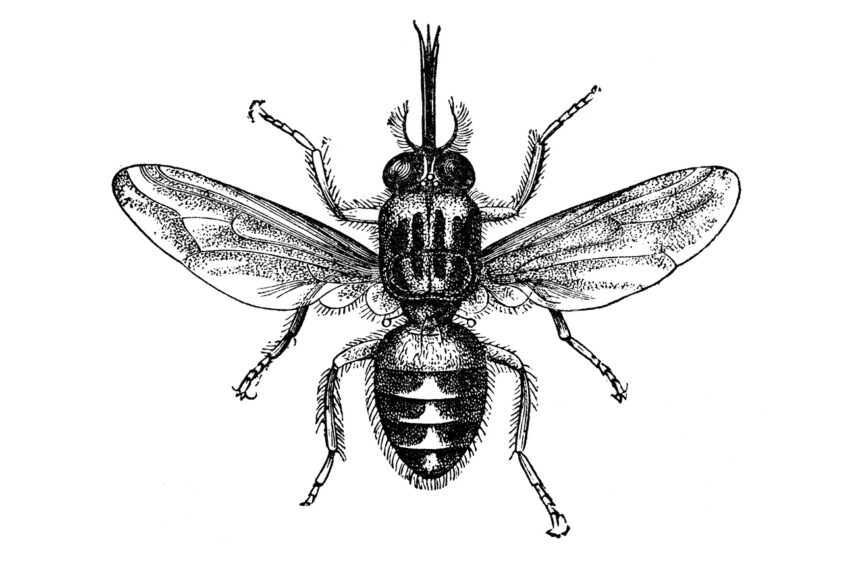When most guests think of bites on safari, they’re imagining witnessing a predator track down prey, or even just watching a herd of zebra or wildebeest munching grass.
They probably aren’t worrying about getting bitten themselves, and they shouldn’t be…unless they run into tsetse flies.
The mosquitos of the bush, tsetse flies feed on blood. They’re more a hassle than anything else, and you’ll always have flyswatters in your vehicle and in camp. Many groups never even encounter these biting bugs (about the size of a common housefly) during their safaris, but in case you do, there are a few basic rules you can follow to trick the flies into looking elsewhere for their next meal:

Tsetse flies are similar to horse flies
1. Pack neutral-colored clothing
For whatever reason, tsetse flies seem to be attracted to specific colors, in particular black and most shades of blue (including denim). The best way to avoid being a target is to take your packing list one step further: don’t pack black, blue, or other dark-colored clothing. Some sources recommend avoiding overly bright colors as well; if you have to choose between a white shirt and a neon one, go with white.
2. Wear long sleeves and pants
This one’s pretty simple; the more covered your skin is, the less of it a tsetse fly can bite!
3. Don’t poke around in the bushes
In the heat of the day, tsetse flies often take a rest. Bushes and shrubs are a favorite spot for this; if you stay away from these, you’ll be staying away from the flies!
4). Bring DEET-containing insect repellents
Bug repellents containing DEET (30% or less DEET recommended) are the most effective against tsetses. The fine-mesh bug screens on all nyumba camp tents will keep out those pesky flies, but remember to always keep your tent zipped!
5) Check your vehicle for flies before you head out
This is only necessary if you’ve run into a swarm of flies recently (and because your safari vehicles are not open-sided, it’s much less likely to be a concern), but it never hurts to quickly scan the vehicle before getting in. If you’re not sure what to look for, ask your guide: he’ll be happy to help!


